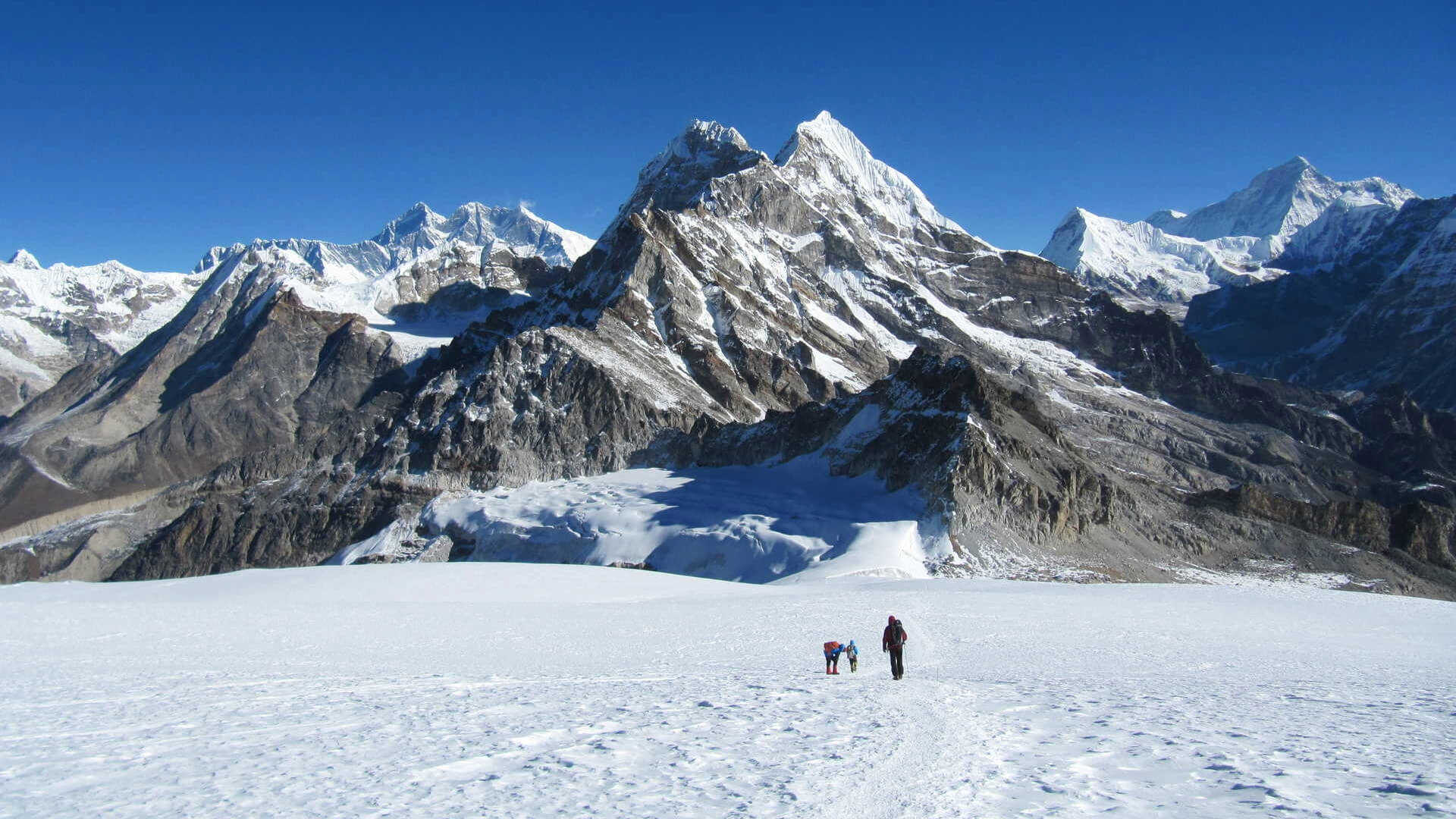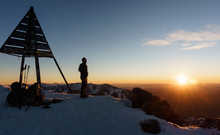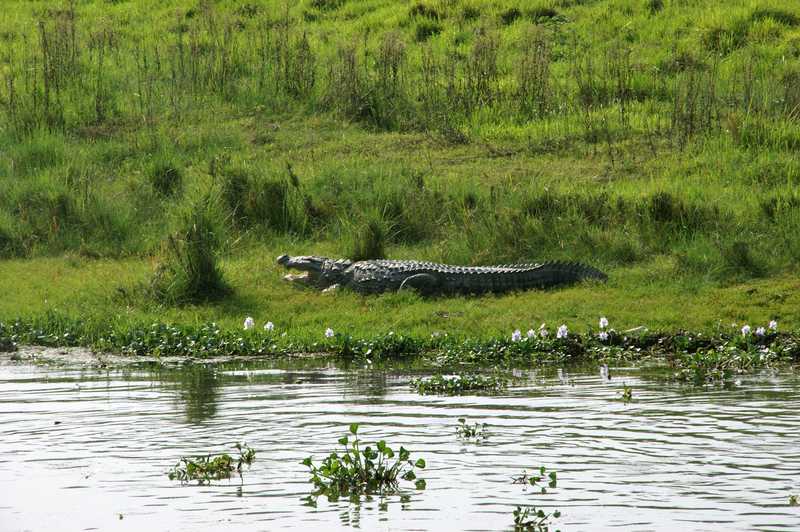Climb Mera Peak
- Kandoo Summits

Contact
our UK team

All trekkers need to organise their own flights to Kathmandu International Airport (KTM). The Kandoo team will meet you at Kathmandu airport and transfer you to your pre-trek hotel. Later you will attend a pre-trek briefing with your Lead Guide to prepare you for the challenge ahead.
The flight is less than an hour but takes us into the heart of rural Nepal and ends with the breath-taking landing at Lukla. From Lukla we descend first to Surke where we cross the river before climbing steeply to Pakhepani and then more gently to Chutok La. From there it is about another hour of undulating Nepali flat (sometimes up, sometimes down!) to Paiya.
The day starts with a gentle descent through mainly cultivated hillsides until we reach the wooden bridge where we cross the Paiya Khola river. After walking through the forest for around an hour we face a tough climb that brings us back up to Kari La, from where there are fantastic views of several 7,000m mountains. We descend through rhododendron trees and traverse on typical Nepali flat for most of the afternoon before we reach the village of Panggom.
We ascend through Sherpa villages for around an hour to reach the Panggom La pass at 3210m from where there is a great view of Mera Peak. We will still be crossing through cultivated land where we will see local villagers and farmers going about their day to day life. We will stop at the Sibuje for lunch before continuing on more Nepali flat to Ningbo. Depending on local conditions, our guide may decide to continue for another hour and a half to Ramailo Dada.
We will spend most of today in forests, away from any settlements, and will need to carry our lunch with us. We also need to be prepared for rain in the forest and the trails can become very muddy. From Ningbo we begin with a steep ascent to Ramailo Dada from where the trail continues to rise more gently. We descend on a zig-zag trail through the forest all the way to the Tama Khola river where we may stop to eat our packed lunch. We continue through mixed forest of bamboo and rhododendron for the rest of the afternoon to Bamboo Camp, a very basic campsite in the middle of the forest.
We continue trekking through the jungle until we reach Tok-Tok village where we will join a larger trail and start seeing civilisation again. After lunch we will pass through the village of Tashing Ongma before dropping down to meet the Inkhu Khola at Mosom Kharka. From here we continue to trek along the river before reaching the village of Khote. We are now inside the Makalu Barun National Park and are already starting to get impressive views of Mera Peak.
We begin the day walking along the bank of the glacial river which is fed from the surrounding mountains. The forest gives way to open valley again, revealing the peaks which line either side. The valley swings eastward into a new array of peaks and as we approach Tagnak, the route up toward the Mera glacier comes into view. Damage caused to the valley by the collapse of the glacial lake Sabai Tsho is all too apparent as we head up the river. We reach Tagnak mid-afternoon where we will stay overnight.
This is an important day for acclimatisation and we will gain as much height as we can, climbing the slopes behind Tagnak up to the Tibetan Prayer stones before returning to Tagnak for lunch. In the afternoon we can head up the slopes to the north to look at what is left of the glacial lake, Sabai Tsho.
This morning’s walk up alongside the Dig Tsho glacier is easy and relaxed. This is an excellent valley, opening out views to the north of the Hinkhu Nup glacier and the line of peaks beyond. Only the last section up to the village of Khare is steep. If time and energy allows you should take an acclimatisation walk up the grassy ridge behind the village. This gives great views of the flattened ridge across the glacier which we will ascend tomorrow and west to Mera itself.
We return to the glacier and this time follow it round in a wide arc, keeping close under the northern flank where there are no crevasses. Mera La is a rounded snow col that bridges south to the main sweep of the Mera glacier coming down from Mera Peak. Our camp is just over the Mera La pass.
A contingency day allocated for poor weather, etc.
Crampons on again for the start of the push to the summit. We climb back up to the pass at Mera La then head up the glacier towards a rocky outcrop where we will set the most spectacular high camp. Clinging onto the edge of the mountain, the views from here are incredible. Kangchenjunga is visible to the east above the ridge of Chamlang; the ice spire of Baruntse is left of Makalu. Between it and the beautiful twin peaks of Ama Dablam, we will see Nuptse, Lhotse’s south face and Lhotse Shar. Over the ridge stands the summit of Everest, the final stages of the traditional route up the south-east ridge and over the south summit to the summit ridge, and Cho-Oyu, the 6th highest mountain in the world.
You will be woken at about 2am (maybe earlier depending on the group size) with hot tea and a high energy meal to start our summit ascent of Mera Peak. We start up the main glacier, crossing to the south side as we approach the snow hump-back ridge. This part of the route is not technical but 30 degree slopes are still tough. The slope steepens for a section behind the ridge and then we swing diagonally westward. The summit comes back into view and we are on the level summit ridge. At the foot of the final steep ascent you will attach to a fixed rope laid by your guide and use your ice axe and a jumar to climb the final 30 metre, 55 degree pitch to reach Mera Peak’s summit. A spectacular panorama greets us with clear views over to Everest. Once you’ve had chance to take this all in and congratulate yourself, we will head back down to Khare for a celebration.
A long walk back down the Hinku valley finally brings us to Khote again. Mostly we will be descending today but the terrain can be tough going as we are walking on rocky moraine. We need to watch our step to avoid any twisted ankles.
After breakfast we will continue along the river bank for an hour before we begin to ascend. A new route has now been completed which stays high on the open hillside, rather than winding through the forests down below. This makes for a quicker return with some fantastic views back to Mera. The downside is another hard day of trekking, mainly spent ascending.
The trail goes over a series of rises and high plateaux before we finally reach the craggy Zatrwa La Pass at 4660m, where we look back on the Hinku wilderness for the last time and the south face of the peak we have just climbed. A gradual descent traverses toward the rocky outcrop of the Zatr Og. We descend now steeply from the Kalo Himal, the ‘black mountains’, into the rocky slopes and cascading streams of the Sherpa populated Dudh Koshi valley, as we approach the tourist bustle of Lukla.
After an early breakfast, we will begin our return journey to Kathmandu.
A free day in Kathmandu to explore the city at your leisure. The Buddhist stupa of Boudhanath, the Monkey Temple at Swayambhunath and the Hindu temple of Pashupatinath are just some of the religious highlights of this fascinating city.
We will collect you from your hotel and transfer you to Kathmandu Airport for your departing flight.
Mera Peak is designated by the Nepal Mountaineering Association as a trekking peak. Their criteria for this however, is only that you need to be able to use crampons and ice axe to reach the summit. This can give the impression that Mera Peak is not difficult. This is not true. At 6476m, it is the highest trekking peak in Nepal, and this brings all the challenges of trekking at really high altitude. These include the possibility of extreme weather conditions, and of course, altitude sickness.
You choose what you want to eat at the lodges, and settle your own bill in the morning. While you can eat heartily for very little money at any lodge, we do recommend that you budget £20 to £25 ($30 to $35) per day for meals and drinks. This will ensure that you not only have plenty of food, but that you enjoy it a lot more. Where once there was a choice of perhaps 5 different rice or lentil based meals at any one lodge, most now offer a wide menu of 40 or more choices from the basic (such as dhal bhat) to the sophisticated (yak steak with blue cheese sauce). Please note that we prefer some of the more expensive lodges, so the prices are higher than they might be at more spartan facilities.
One word of advice, place your meal order as soon as you can upon arriving at the lodge as it is strictly ‘first ordered, first served’, and the best lodges are quite busy at meal times.
Trekking in Nepal is more popular than ever. As a result, the standard of accommodation available on most of the trek routes has improved dramatically. Where there were once simple peasant huts, large hostels have been built featuring running water, indoor toilets (some en-suite) and electricity. However, while internet access, charging facilities and hot water are available, you will need to pay to use them - if you plan on using the internet and showering every day, then you should budget around $10 per day.
However, development is still ongoing, and as you get higher into the mountains the lodges become more basic. Furnishing is generally fairly spartan, and most rooms feature little more than a bench bed and a thin mattress, so your sleeping kit will probably see some early use. Showers are not always available and it tends to be just the communal areas that are heated.
The exception to that rule is Namche. Namche features some really great lodges, including the Hil-Ten (this is not a region that makes much of copyright infringement) and if you are in need of refreshment there both Illy and Lavazza coffee are available.
Kandoo has a list of lodges that we prefer to work with, all of which are regularly inspected to ensure the best quality rooms available. Even at the worst, they are clean and well-kept. When the route is busy, we send a porter ahead to hire rooms for the night, as they cannot be reserved in advance.
The general standard of driving
throughout Nepal is poor and badly regulated. Roads in Kathmandu are very
congested, many drivers are not properly licensed and vehicles are poorly
maintained. During the monsoon season (June to September) many roads outside
the Kathmandu valley are prone to landslides and may become impassable. We insist on using a high standard of
vehicle and driver for all of our transfers. In Nepal it is not a legal
requirement to have seatbelts fitted in the back of vehicles, and while we try
to use vehicles that do have rear seatbelts fitted, this cannot always be
guaranteed. If you are unhappy about any aspect of the vehicle or the standard
of driving, please speak to the driver or our local office.
Duffel bags
You will be provided with a large duffel bag at the pre-trek briefing that will be yours to use for the duration of your trek. Your equipment will then need to be transferred into this bag. If you are travelling with a duffel bag then it is up to you which bag you choose to use for the trek, if you are travelling with a suitcase then this will need to be left at the pre-trek hotel and collected upon your return as our porters need the bags they carry to be flexible.
If you are renting equipment in Khare,
please allow for the additional weight when you leave Kathmandu, so that your
bag does not exceed 15kg for the porters to carry once the climbing kit is
added later.
If you are relying on a credit or debit card for emergency funds, make sure you tell your card issuer that you will be using it abroad, or you may find that it won't work when you really need it.
We
realize that tipping may not be a common practice in all countries but for
Nepal it is a standard practice that all operators support. The decision on how
much to tip should be determined by how well the team served you while you were
on the trek. Tips are always discretionary and if you are not happy with the
service you have received you do not have to pay tips. Tips can be made in US
dollars or Nepali Rupees. It is very important that US bills be new (less than 10 years old), crisp and untorn.
We
are members of the Trekking Agencies Association of Nepal and the Nepal
Mountaineering Association, and follow their guidelines when recommending tip
levels for guides and porters. We would suggest you budget $250-$300 per
trekker for your tip contribution.
We
say goodbye to our porters in Lukla before we return to Kathmandu. Any tips
that you wish to give to the porters will need to be carried on the trek with
you.
You will be provided with a large duffel bag at the pre-trek briefing that will be yours to use for the duration of your trek. Your equipment will then need to be transferred into this bag. If you are travelling with a duffel bag then it is up to you which bag you choose to use for the trek, if you are travelling with a suitcase then this will need to be left at the pre-trek hotel and collected upon your return as our porters need the bags they carry to be flexible.
For Mera Peak you will also need additional specialist equipment. This can be hired
in Kathmandu but is also available to rent at a lodge close to base camp.
Prices below are for Kathmandu rental. Prices in the lodges can be more than
twice this cost. It is still cheaper though to rent from these lodges as you
only need to pay for 3-4 days hire. You should be aware though that the range
of sizes and the quality of rental gear available here is even more limited
than in Kathmandu and you may not find something that is perfect for
you. In addition, climbing boots may have only just been returned by a
previous user and may still be wet.
UPPER
BODY
LEGS
FEET
CLIMBING
GEAR
OTHER
ACCESSORIES
| From | To | Price | Availability | Book | Enquire |
|---|---|---|---|---|---|
| 06/05/2024 | 24/05/2024 | £2,849 $3,695 |
Guaranteed
|
Book now | Enquire now |
| 23/09/2024 | 11/10/2024 | £2,849 $3,695 |
Available
|
Book now | Enquire now |
| 04/11/2024 | 22/11/2024 | £2,849 $3,695 |
Available
|
Book now | Enquire now |
| 31/03/2025 | 18/04/2025 | £2,899 $3,765 |
Available
|
Book now | Enquire now |
| 21/04/2025 | 09/05/2025 | £2,899 $3,765 |
Available
|
Book now | Enquire now |
| 05/05/2025 | 23/05/2025 | £2,899 $3,765 |
Available
|
Book now | Enquire now |
| 15/09/2025 | 03/10/2025 | £2,899 $3,765 |
Available
|
Book now | Enquire now |
| 06/10/2025 | 24/10/2025 | £2,899 $3,765 |
Available
|
Book now | Enquire now |
| 03/11/2025 | 21/11/2025 | £2,899 $3,765 |
Available
|
Book now | Enquire now |
Want to ask us a question or book a private trip? Don't hesitate to contact us!
Contact us